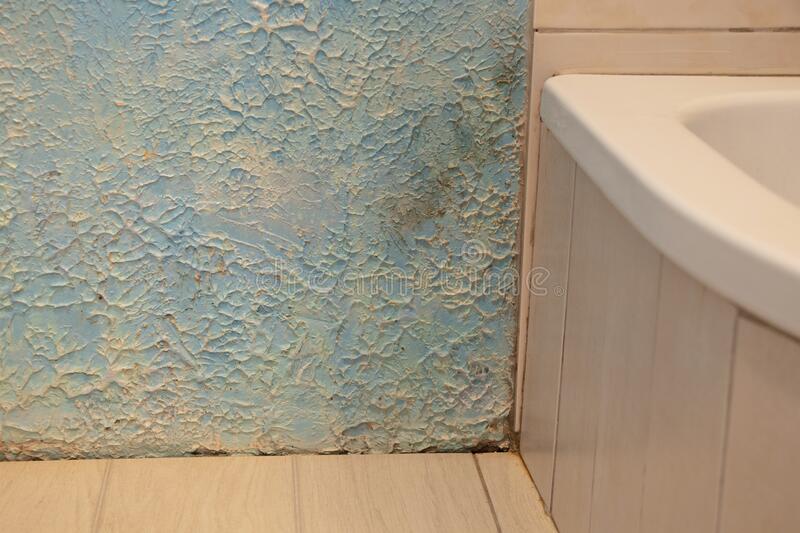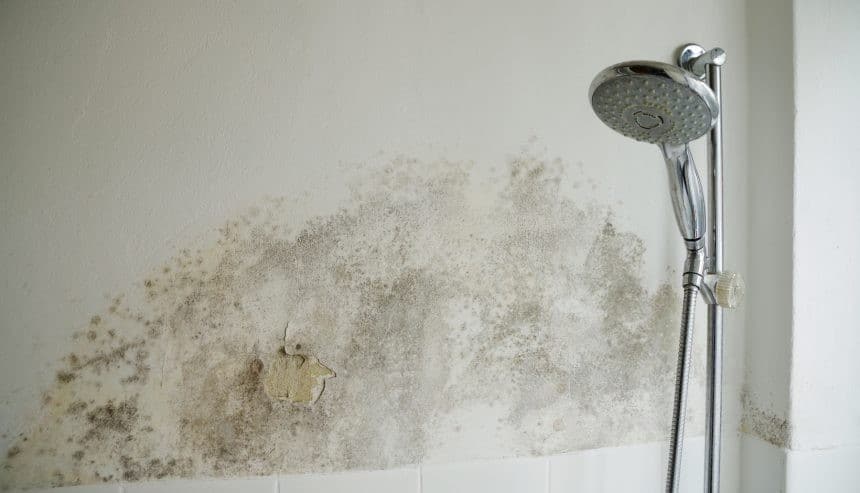Risks of Mold/Mildew in Toilets, Faucets, and Showerheads

The good news is that you don’t have a water quality problem and the black stuff in your toilet, sink faucet or shower head isn’t harmful. However we know this can be an aesthetically-licious issue so let us provide some information for how to fix it. Click on this link to read some authentic information about mold and mildews.
We all know how humid it can be in the summertime, but did you also realize that there are microscopic mildew spores present even when surfaces like leaves and soil are moist. These harmless fungi do not enter homes or businesses through our drinking water; they grow on constantly-moist surfaces instead.
The spores of black mold can enter your home through any opening you have, including windows and doors. They like to hang out in places that are moist or dark with limited air flow because these environments help them thrive even more.
When you think of where to find mildew, the list is expansive. From toilets and bathrooms in general all the way down to faucet aerators or even inside your refrigerator’s water dispenser – one thing always seems certain: there’ll be spots for it.
What’s the Best Way To Get Rid Of Mold?
The best way to control this mildew is by cleaning it regularly and thoroughly, with or without using chlorine bleach.
- Toilets are a necessary evil in any home, but they can be an expensive part of living if you don’t take care to keep them clean. The bowl will probably need cleaning at least once every week and thorough flushes with bleach or other chemicals may help get rid of the problem more quickly than just scrubbing it off yourself.
- To avoid damage from products that attach to your toilet bowl, be sure not place any chemicals or other items inside of it. This includes hand-wipes for cleaning yourself after using the restroom.
- Take extra care when cleaning any fixtures or surfaces to avoid scratching them, which will likely lead you into an unfortunate situation with mildew growth.
- Giving proper consideration to the amount of bleach or other disinfectants entering your septic system is essential.
- If you want your shower curtain to last longer, make sure it’s left fully open after washing. Leave the exhaust fan on for an extended period of time in hot and humid months; that should do wonders.
- To clean your sink’s aerators, first remove them from the faucet. Next fill up 50/50 bleach and water in a spray bottle or bucket for 20 minutes before rinsing off with clear flowing tap water to eliminate any leftover build-up residue on these important parts of our home appliances.
- Pliers are the most effective tool for removing anaerobic growths on shower heads, but if they’re not available then soak it in bleach or replace its entire fixture.
- If you have a clogged water dispenser in your fridge, use cotton swabs dipped in bleach solution to clean it up. Then rinse with water-dampened towels or rags and let air dry before using again.
What is that rosy stuff in the bathroom?

The pink stains you see around your home may be a sign of something wrong with the water. These growths are most commonly found in moist areas, such as near sinks and toilets or on folded sections of shower curtains that have been left out overnight.
The most important thing you need to know about Serratia marcescens, the bacteria that cause pink slime in your water pipes and may be harmful if ingested or comes into contact with skin.
A pink stain or film may appear during construction when dirt and dust containing Serratia is disturbed, but it’s most noticeable in hot weather when windows remain open hour after hour without air conditioning. Mold in shower caulking is also a very common problem that people have to face often.
Also Read: Benefits To Hire A Financial Advisor.
